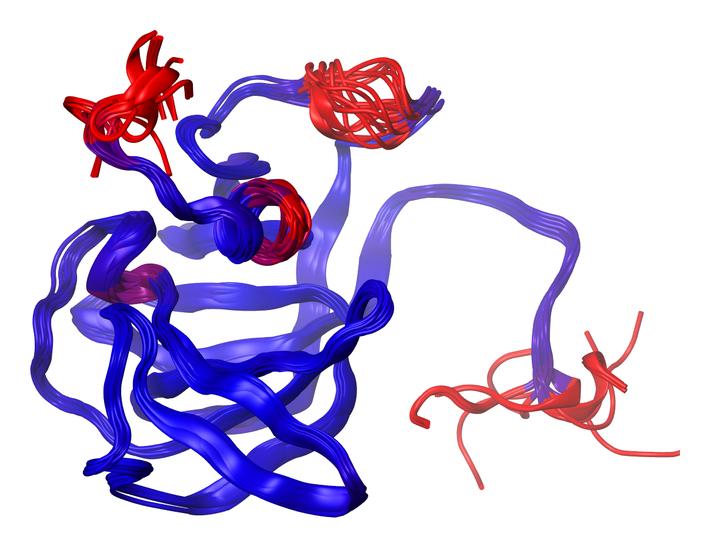Homology modeling of the CheW coupling protein of the chemotaxis signaling complex

Abstract
Homology models of the E. coli and T. maritima chemotaxis protein CheW were constructed to assess the quality of structural predictions and their applicability in chemotaxis research: i) a model of E. coli CheW was constructed using the T. maritima CheW NMR structure as a template, and ii) a model of T. maritima CheW was constructed using the E. coli CheW NMR structure as a template. The conformational space accessible to the homology models and to the NMR structures was investigated using molecular dynamics and Monte Carlo simulations. The results show that even though static homology models of CheW may be partially structurally different from their corresponding experimentally determined structures, the conformational space they can access through their dynamic variations can be similar, for specific regions of the protein, to that of the experimental NMR structures. When CheW homology models are allowed to explore their local accessible conformational space, modeling can provide a rational path to predicting CheW interactions with the MCP and CheA proteins of the chemotaxis complex. Homology models of CheW (and potentially, of other chemotaxis proteins) should be seen as snapshots of an otherwise larger ensemble of accessible conformational space.